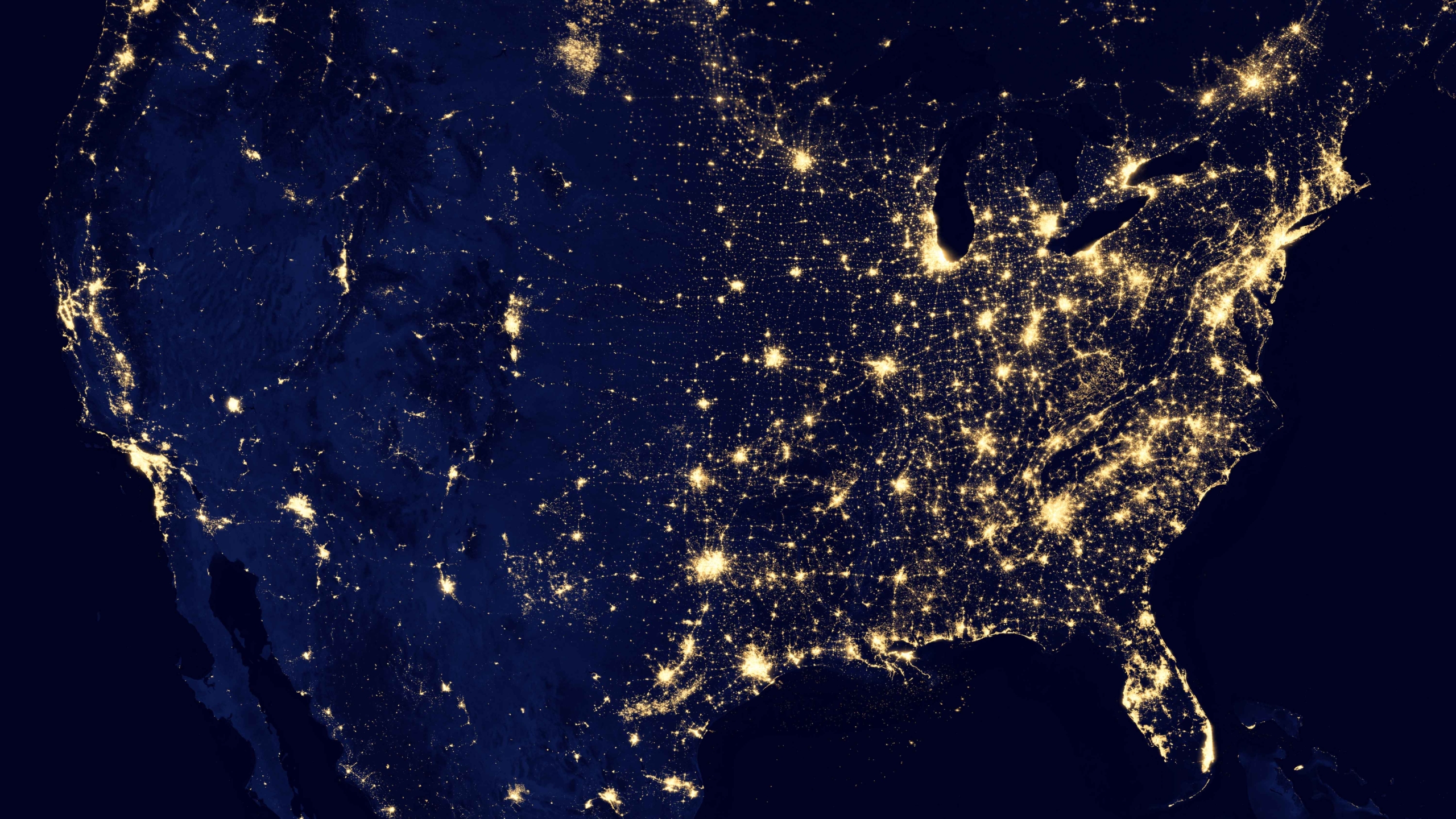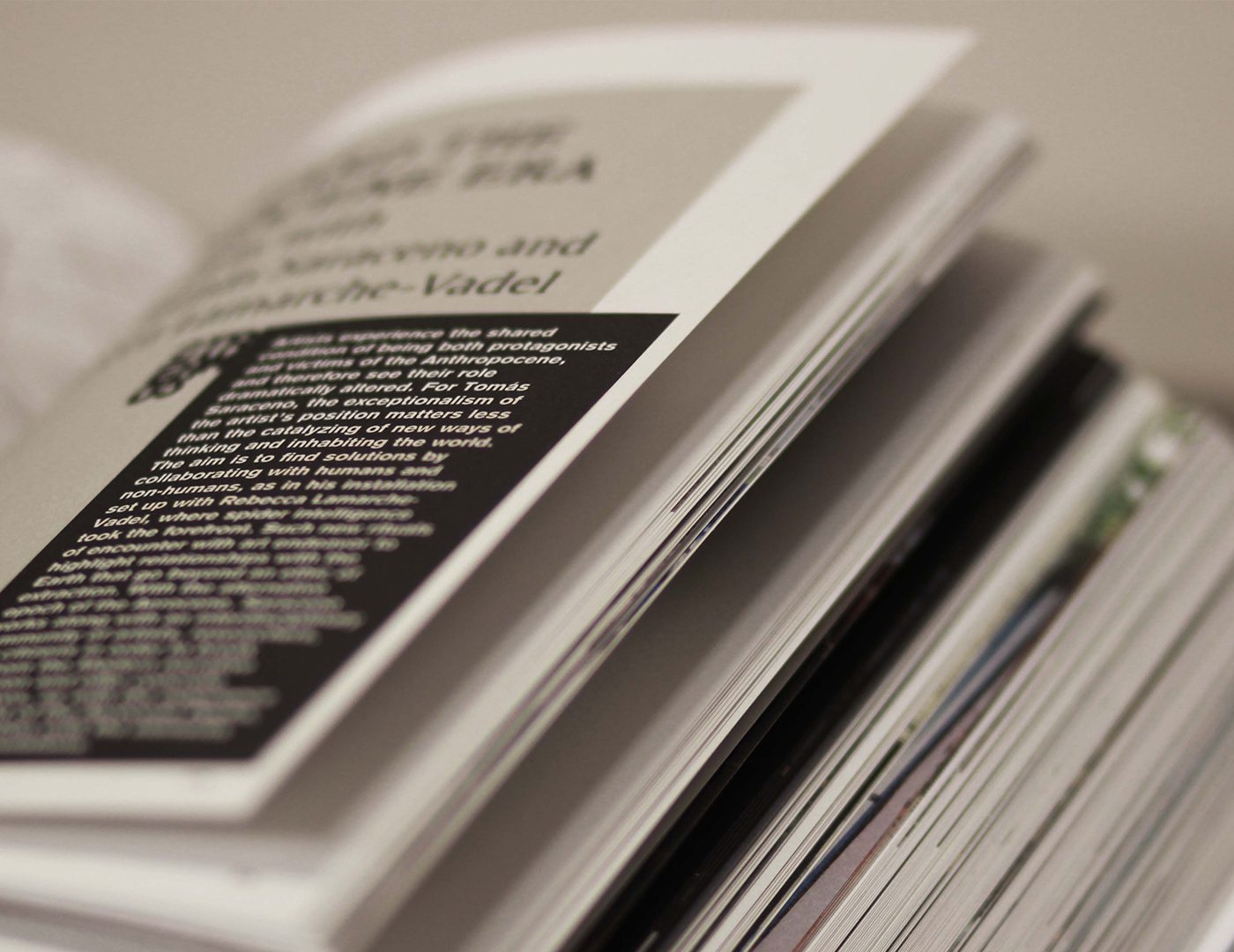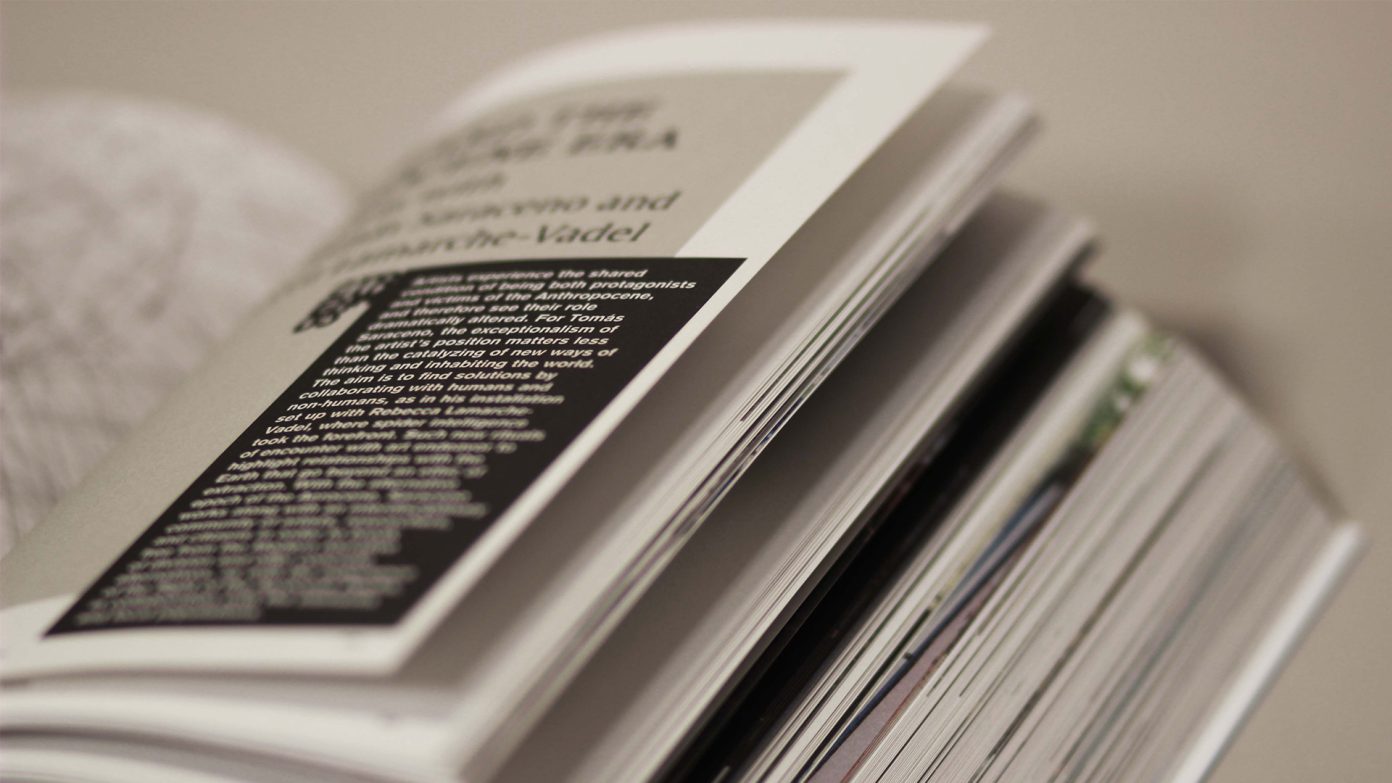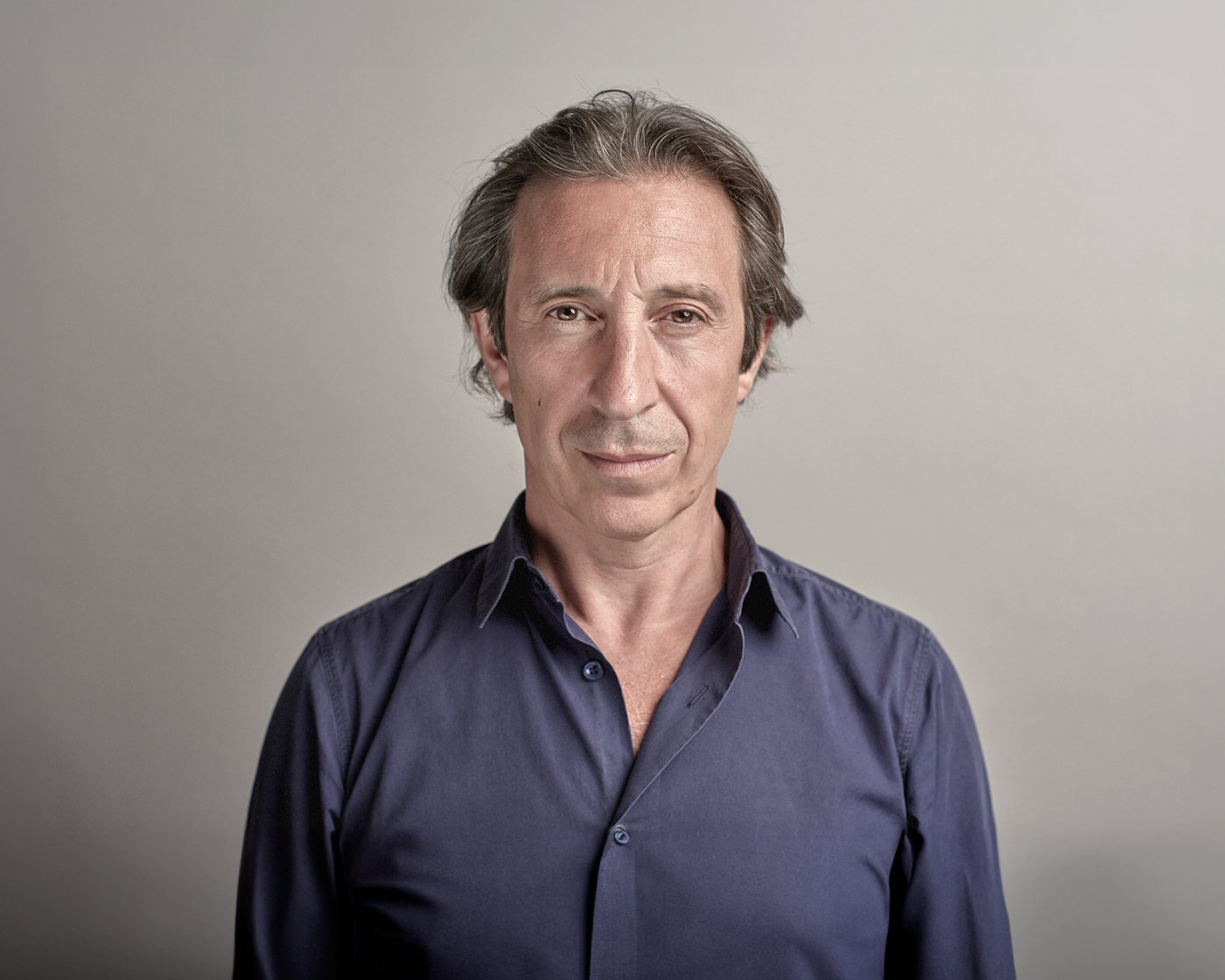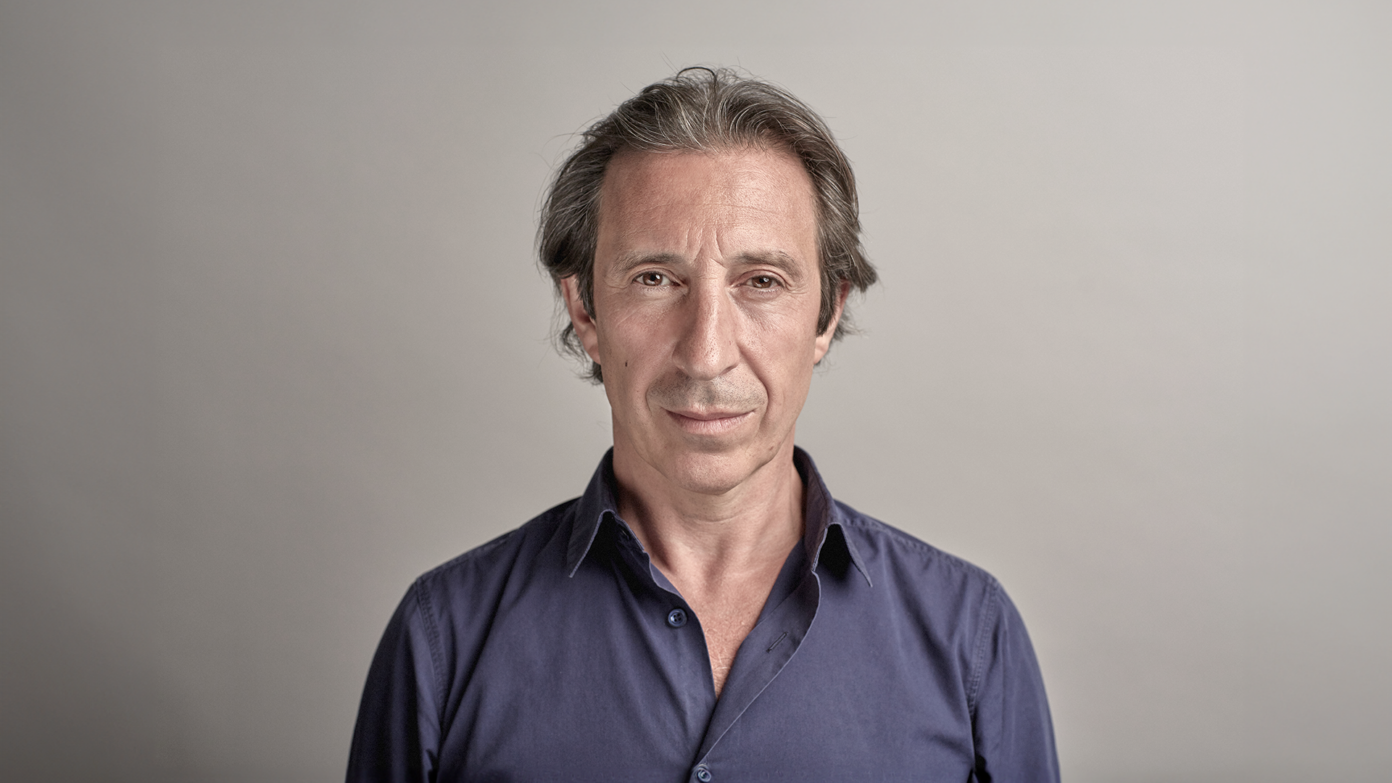Architecture in the Age of the Anthropocene
The Anthropocene is therefore key to establishing the foundations of a new relationship to nature that is revolutionizing our architectural practices. We have recalled the significant urban challenge for the future, the consequences of which will only be able to be faced in the context of a form of global governance. Will the concept of the Anthropocene carry enough weight to mobilize public opinion and to put an end to the debate between climate change deniers and radical environmentalists? By portending the eclipse of Cartesian modernity, it has the merit of sweeping away the debate between modern and postmodern approaches in architecture. It also functions as a call to imagine the theoretical foundations of a vision of urban realities that stem from a new alliance between society and nature, the dissolution of modern subject/object categories—and all that in an emergency situation. This line of thought brings about a profound transformation of the operational function of design (by artists, designers, and/or architects), which departs from a top-down approach that proved to be too-tightly linked to a vision of creation within a modernist, assertive, universally prescriptive framework due to its typical focus on (mono)-functionalism.
On the contrary, it explores an open and generative approach that seeks to establish the conditions of the emergence and growth of a hybrid form by means of a collaborative and participative bottom-up style of approach. The idea is to operate as an incubator, equipped with the instruments of a new conception of knowledge and assuming the ethical positions of researchers and/or doctors rather than the obsolete one of solitary creator-geniuses. We can see how closer ties between humanities and life sciences will prove necessary to the formulation of such thinking, which will beget a renewed vision for architecture. The digital revolution makes these ties easier to establish by articulating the fields of knowledge: from nanotechnologies to biology, from material analysis to architecture, there is now a cross-disciplinary and trans-scalar continuity.
Arising from this conception of a metabolic urban reality is the issue of analytical scale, between the building, its immediate vicinity, its neighborhood, the city or the metropolis, and the regionSee the work of John E. Fernandez, from MIT, p.243.. It bases itself on a continuous vision that ranges from the building to the urban scale as different biological degrees, and from the cell to the organism, with no distinction between what is living and what is not. It is like a layout of hybrid beings that all play a part in the balance of the meta-organism called Earth. There is therefore an organic relationship with the biosphere to which it belongs, acting as a continuum in a world of artifacts and hybrids. Awareness of such a systemic aspect of the environment brings up the issue of the scale of analysis and action, but also of the identification of extremely different urban pathologies from a geographical and historical point of view, from European centers, sprawling American conurbations, Asia’s new megacities, and the informal urban forms of the Global South.
These essential typological differences are already being scientifically investigated, in particular, through the analyses of big data that suggest a variety of sustainable scenarios and which lay out the foundations of metabolic urbanism. Further research on the multidimensional modeling of urban regions will have to be carried out to refine this classification of pathologies and the preparation of specific remedies that will be just as varied. Tomorrow’s urban planners shall base their reflections on information generated in real-time by digital cities, and the computational power to regulate the effects of the actions that are carried out over time. Digital urban reality is therefore the new fundamental reality of our era. Personally, I am tempted to believe that computational architecture, which is at present mostly experimental, could, in the near future, enter the field of constructive reality. Such a hypothesis is particularly convincing given the extent to which computational architecture addresses a genuine scientific issue, and given the emergence of the technical requirements that would enable such a situation
The increasing pressure on environmental policies will foster the rapid development of methods of design, evaluation, and management which will offer adequate guarantees of objectivity. The economic stakes are so high that major consulting, technical services, and technology firms are actively developing models of smart cities.
The rise of a vision inspired by neocybernetics, from “smart objects” to “smart cities,” seems highly probable, even though it represents a rather dangerous approach. This desire to have a rational and deterministic control on things, which is reinforced by the insurance industry, with the precautionary principle, and the search for a solvent city (because it is less risky), is an attempt to counter the shift towards a society of uncertainty and unexpectedness which we shall nevertheless have to embrace. Smart cities are an avatar of the ideology of modern rationalist control, which stands in contradiction with the complex, varied, and diverse nature that is at the very heart of the creativity and resilience of urbanity. The need for diversity is not only a social view but also a requirement of an ecology of the city, as the works of sociologists such as Saskia Sassen and Richard Sennett have demonstratedSee our interview p. 19..
On the contrary, the notion of complexity, which is intrinsic to our times, encourages us to move towards forms of modeling that make use of data in indirect ways, through a form of self-regulation. Such forms are inspired by the open source model, by development by crowd design, and are closer to the original philosophy of the Internet. They are open to a sociological and artistic approach of informality, uncertainty, desire, and imagination. Whether on the scale of the building, the neighborhood, or the city, this dimension of imperfection, randomness, and difference that is intrinsic to creation remains. This innovation must also be clearly found in the design method.
The new conditions for living in the world lead to new uses of space and time, in directions that are still difficult to define and whose impact in terms of designing and managing urban reality is still unknown. It is nevertheless important to demand that architects, as well as the other participants in project design, question themselves more on functions, programs, and imaginary constructs before considering the issue of form.
This more sensitive and intuitive approach to our ways of life is already being extensively researched by sociologists, creators, and forward-thinking protagonists. The modifications to our relationship with space and time which are brought about every day by new technologies are numerous and difficult to anticipate. They make it possible to augment our experiences and uses of space; to enter a “hyper-spatiality.” Architecture shall find itself at the intersection of these two dimensions, spaces and spatialities, in the construction of a malleable citySee Luc Gwiazdzinski, p. 52.. that continuously adapts itself, directed by the rhythm of events and temporary structures. In this constantly evolving urban space, the user regains a central position by offering feedback on events, by producing information and by benefiting from the outcome. Such is life in a temporary urban reality where urban systems and individual microsystems intersect at the meeting point of physical and digital networks, enabling a new intensification of cities.
The primary anxiety of architects confronted with these fundamental changes is naturally that of form: how it is possible to apply this paradigm shift in practical terms? What physical form should be given to this malleable, evolving city; this city of uncertainty, at the crossroads of constantly evolving technologies and a new relationship to the biosphere? As we have seen, the conclusion of the necessary study of the conditions and changes of our times leads us to the idea that it is less a matter of metamorphosis than of changing the approach to and the methods of architecture.
We are now beyond the obsession with form, with “starchitects,” free icons, and selfish or mercantile signatures. Architecture bears a responsibility that is not new but that is at last asserted. Although form remains because buildings necessarily have a physical reality, it emerges as the result of collaborative work and eventually leads to the establishment of a platform and protocols that make it possible to adapt construction to variety and uncertainty. Form is not planned or controlled anymore, but rather, it is attended to and chaperoned in its evolutionary changes thanks to the generative adaptabilities of digital means, understood in terms of its open meaning and not in its dimension of cybernetic security. Technical constraints, in terms of materials and systems—especially those linked to energy efficiency—indeed exist, but we should not allow ourselves to be blinded by this single quest for performance, as we have been by the first forms of revegetation, the ending fad for cosmetic greenness, and decorative biomorphism.
Like politics, architecture is inextricably both an act and a symbol, and its function in the ontological change of the shift to the era of the Anthropocene—beyond the practical or technical solutions it brings forward—is to narrate this paradigm change; to symbolize and to stage our new position in the biosphere so as to better help it unfold collectively. The immediate forms that it shall take on will always be different, but the idea is no longer to simply create a style but to express an urban/biosphere continuum that has finally been made possible by a completely unprecedented joint technical and philosophical approach.
(This article was published in Stream 03 in 2014.)
